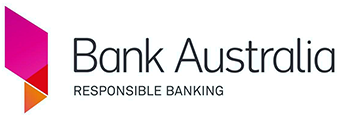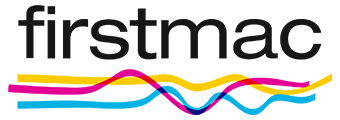Fact Checked
| Lender | Home Loan | Interest Rate | Comparison Rate* | Monthly Repayment | Repayment type | Rate Type | Offset | Redraw | Ongoing Fees | Upfront Fees | Max LVR | Lump Sum Repayment | Additional Repayments | Split Loan Option | Tags | Row Tags | Features | Link | Compare | Promoted Product | Disclosure |
|---|---|---|---|---|---|---|---|---|---|---|---|---|---|---|---|---|---|---|---|---|---|
5.74% p.a. | 6.19% p.a. | $2,915 | Principal & Interest | Variable | $0 | $530 | 90% |
| Disclosure | ||||||||||||
5.59% p.a. | 5.64% p.a. | $2,867 | Principal & Interest | Variable | $null | $null | 60% | ||||||||||||||
5.59% p.a. | 6.15% p.a. | $2,867 | Principal & Interest | Variable | $350 | $0 | 90% | ||||||||||||||
5.60% p.a. | 5.89% p.a. | $2,870 | Principal & Interest | Variable | $299 | $0 | 80% | ||||||||||||||
5.64% p.a. | 5.69% p.a. | $2,883 | Principal & Interest | Variable | $0 | $500 | 60% | ||||||||||||||
5.74% p.a. | 5.79% p.a. | $2,915 | Principal & Interest | Variable | $null | $null | 80% | ||||||||||||||
5.89% p.a. | 6.50% p.a. | $2,962 | Principal & Interest | Variable | $0 | $721 | 90% | ||||||||||||||
5.94% p.a. | 6.28% p.a. | $2,978 | Principal & Interest | Variable | $0 | $530 | 90% |
| Disclosure | ||||||||||||
7.64% p.a. | – | $3,544 | Principal & Interest | Variable | $25 | $0 | 70% | ||||||||||||||
6.18% p.a. | 6.44% p.a. | $2,575 | Interest-only | Variable | $0 | $530 | 90% |
| Promoted | Disclosure |
Important Information and Comparison Rate Warning
Important Information and Comparison Rate Warning
Frequently asked questions
Green home loans can also apply to a property under construction that is planned to meet NatHERS standards. Be aware that there might also be other requirements, like the use of sustainable materials, in order to qualify for a green construction loan.
If you already own a home and want to make it more energy-efficient, you might be able to use a green home loan to finance upgrades like solar panel installations, energy-efficient appliances, insulation improvements, and other eco-friendly renovations. These additions can not only reduce your environmental footprint but also lower your energy bills.
Compare home loan options
Investment Home Loans
Refinancing Home Loans
Compare Investment Home Loans
Refinancing Home Loans
Non-Bank Home Loan Lenders
Fixed-Rate Home Loans
Variable-Rate Home Loans
Interest-Only Home Loans
Construction Loans
Offset Home Loans
Big 4 Home Loan Rates
Customer-Owned Bank Home Loans
5% Deposit Home Loans
Low Doc Home Loans






